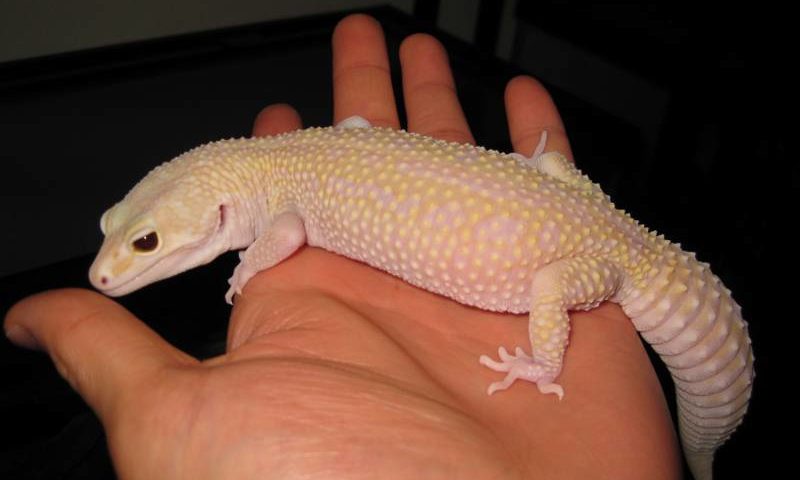Ancient legends narrated like an evil lizard, but considered miraculous, it gave off blood for its eyes to scare away its enemies. The gecko, the name of this fabled animal, can become your pet today if you decide. Although it is not a very common companion, you will love to enjoy its peculiarities.
This small and friendly lizard is not aggressive and requires the care of a reptile. If you decide to acquire one, do not forget to provide everything you need to achieve a development identical to what you would find in their natural habitat. We help you to know your new friend a little better and you can Read it at MarksAnimals.
Characteristics of your exotic companion
The geckos belong to the order Squamata, suborder Sauria and family Gekonidae, with 85 genera. There are numerous species, 800 in total. Depending on the group to which it belongs, it will come from one area of the world or another. It is a nocturnal animal that especially highlight the suckers of fingers, which allow to climb roofs and walls.
Some have an amazing facility to blend in with the environment and others have the ability to detach themselves from their tail if they feel attacked, so you do not have to ever grab this part. The wide range of existing species, different in size and skin color, is the main cause of this pet currently has a great acceptance among supporters and passionate lizards.
The home of your reptile
Before your extravagant pet arrives at home you will need to have everything prepared. Remember that the size of your accommodation will depend on the size and number of geckos that live inside.
The terrarium will be made of glass and will be completely closed so that it can not escape. Inside your new home there must be some essential conditions of ventilation, lighting, humidity and temperature. If these requirements are not carried out, your little friend will suffer irreparable damage to his health.
The adequate level of humidity is a necessary factor for the welfare of the animal and will depend on the area from which it comes. There are species that need 60% humidity compared to others that require up to 90%. Do not forget that, for its arboreal habits, the cabin must be decorated with abundant branches and lush vegetation.
Lighting and temperature
The terrarium has to be well lit and at a temperature suitable for reptiles, which, being cold-blooded animals, need to maintain their bodies between 25 ºC and 28 ºC during the day, and a few degrees less during night hours. The right heat will be obtained through heating rocks and thermal plates, placed under the base of the cabin.
The lighting bulbs, in addition to helping to achieve the ideal temperature, will have another objective: cover the entire solar spectrum helping your pet to perform the function of sunning, area where the temperature will rise by 5 ºC more
Feed your pet
Large part of the feeding of your gecko will be composed of insects: crickets, grasshoppers, large worms of the zophobas type and silk worms. On the other hand, it will be completed with fruits: apple, banana, apricot and any type, except for citrus fruits.
If you do not have fresh fruit you can change this food for baby jars, but do not forget that it is essential to always add to your food a dose of calcium and vitamins, essential complexes for your body. In addition, your pet should never miss a container with water.
Possible diseases
No living being is free from disease, so we must prevent rather than cure. Prevent certain diseases from developing in your lizard.
* Digestive disorders: it is very important that you limit yourself to give your pet a healthy and balanced diet and, never offer him the leftovers of your food. He will eat them anxiously, but he will not digest them well.
* Hibernation: during hibernation, when stopping all the processes in the body of the gecko, it is mandatory that you have your intestine clean, because if there are traces of food inside when the period of lethargy begins, they will rot in their insides. Prevent this from happening by having your pet fast for several days before hibernation.


Leave a Reply